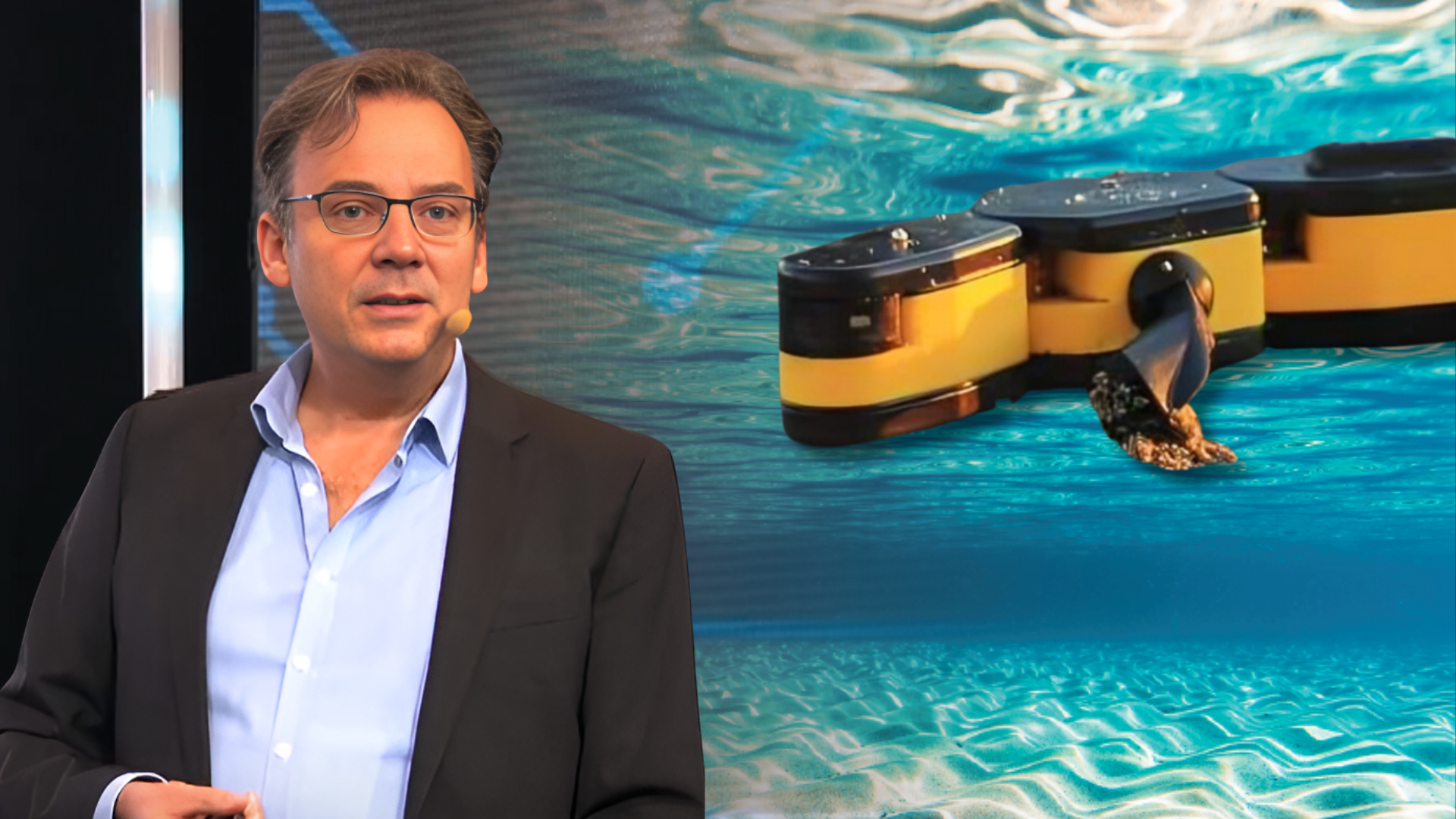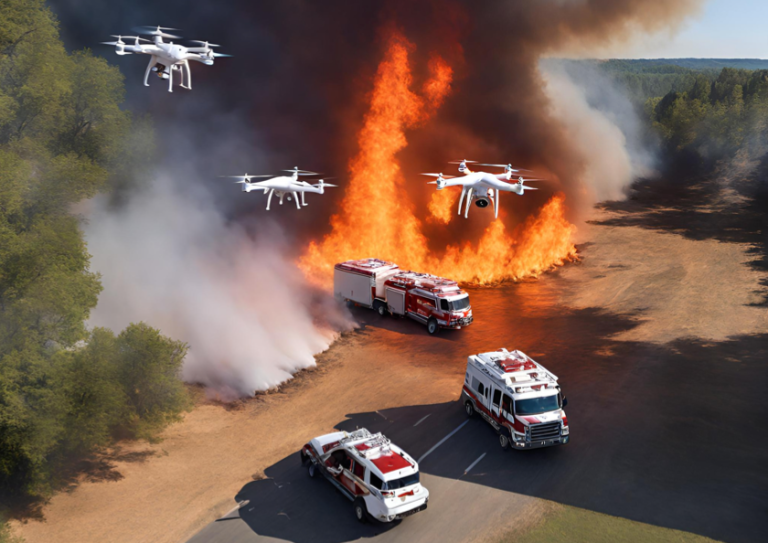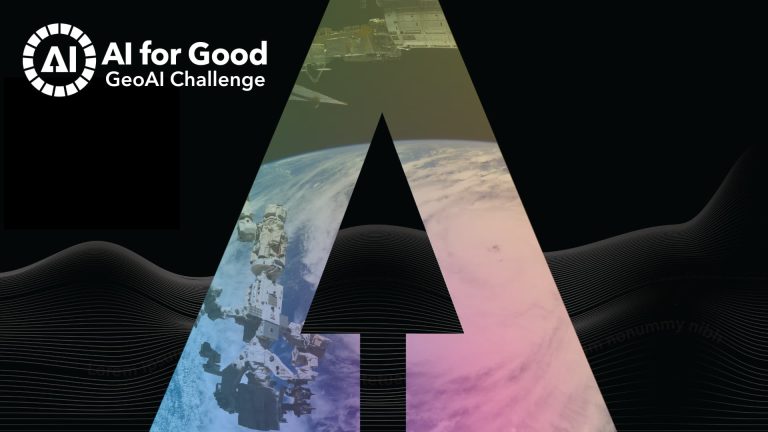“Revolutionizing Environmental Monitoring: How Amphibious Robots are Changing the Game”
In today’s world, where technological innovations are vital for environmental oversight, disaster management, and scientific inquiry, amphibious robots are surfacing as a transformative advancement. During the 2024 AI for Good Global Summit, Auke Jan Ijspeert, the Professor and Head of the Biorobotics Laboratory at École Polytechnique Fédérale de Lausanne (EPFL), revealed pioneering strides in this domain. His presentation spotlighted the lab’s amphibious robots, crafted for diverse applications, from scientific studies to environmental surveillance.
Understanding Nature’s Locomotion
At Ijspeert’s laboratory, the creation of amphibious robots employs an interdisciplinary methodology. “We are focused on leveraging robots to tackle scientific inquiries,” he stated, underscoring the lab’s dedication to deciphering animal movement and the influence of evolution on these motions. The Biorobotics Laboratory harnesses robots as scientific instruments to investigate how animals navigate, delve into the neural mechanisms at play, and even reconstruct the movement patterns of extinct species.
A key focus area is spinal cord function analysis, which is essential to locomotion in vertebrates. Ijspeert pointed out that the proficiency of animals in movement arises from four principal elements: their body structure, spinal cord, central pattern generators, and overarching brain activities. The findings from the lab have substantial real-world implications, particularly regarding spinal cord injuries, aiding in the advancement of enhanced rehabilitation technologies.
Synergy of Science and Technology
A standout feature of Ijspeert’s presentation was the salamander-inspired robot, developed in collaboration with neuroscientists to replicate salamanders’ locomotion. This robot illustrates how basic neural signals can orchestrate intricate movements, such as the remarkable shift between swimming and walking. “This robot was co-designed with neuroscientists to unveil the fascinating mysteries within the spinal cord,” Ijspeert remarked, demonstrating how the robot adeptly adjusts its movements in response to various sensory data.
Moreover, the lab collaborated with paleontologists to craft a robot aimed at unraveling the locomotion of a prehistoric creature, Orobates. By mimicking different gaits, they discovered this long-extinct animal might have moved similarly to contemporary reptiles. This research not only illuminates the evolutionary journey of locomotion but also highlights the adaptability of robotic models in paleontological explorations.
Applications in Environmental Monitoring and Disaster Management
The amphibious robots designed at EPFL extend their utility to real-world challenges, particularly in environmental monitoring, especially tracking pollution in aquatic ecosystems.
“A remarkable application for aquatic robotics is our fleet of robots, which can serve as tools for pollution monitoring. Interestingly, prototypes are now available for purchase, enabling such explorations,” Ijspeert explained, accentuating the role of these robots in preserving natural environments.
Functioning similarly to drones but in water, these robots provide a safer alternative to propeller-driven systems, steering clear of disturbing aquatic life and reducing injury risks. The lab is also actively pursuing the creation of biodegradable robots to ensure environmental safety if they are left in nature.
In addition, these robots are being considered for disaster response efforts, especially in scenarios where human involvement may be perilous. Ijspeert indicated their potential for search and rescue missions during floods and other calamities, envisioning a future where these robots significantly contribute to life-saving operations by stating, “It would be beneficial to enhance rescue teams with amphibious robots. While we are not there yet, we can envision robots that crawl through pipes, swim, and walk as invaluable tools for assessing buildings and locating survivors.”
Fusing AI with Physical Intelligence
A fundamental aspect of the lab’s efforts revolves around combining AI with what Ijspeert refers to as “physical intelligence.” This concept emphasizes the significance of a robot’s mechanical structure and sensory feedback for achieving effective movement. He noted that while they utilize AI to fine-tune locomotion controls, anchoring intelligence in biomechanics is also essential, highlighting the importance of a comprehensive approach merging both digital and physical systems.
Challenges and Prospects Ahead
Despite the vast potential of amphibious robots, Ijspeert acknowledged the technical challenges of commercializing these innovations. Key issues include developing waterproof components, ensuring durability, and enabling operation across varied environments. “Numerous technological obstacles exist, from crafting resilient motors to guaranteeing waterproofing,” he iterated, noting that transitioning from academic prototypes to market-ready products demands different expertise and resources.
Additionally, a compelling aspect of their research concerns human applications, particularly in addressing spinal cord injuries. Ijspeert emphasized that their research into spinal cord dynamics is essential for individuals facing paraplegia or tetraplegia, conditions that arise from disruptions in communication with remaining functional circuits. Their collaborations with spinal cord stimulation experts have yielded impressive outcomes, with some wheelchair users regaining the ability to walk after reactivating specific spinal cord circuits.
In spite of these challenges, Ijspeert remains hopeful about the future of amphibious robots, viewing them as the forthcoming major trend in robotics, similar to the trajectory of aerial drones.
“Robotics has seen various phases; aerial drones were all the rage a decade ago, and now legged robots are in vogue. The coming wave will undoubtedly feature swimming robots,” he predicted, highlighting their applications across inspection missions, wildlife tracking, and even catering to hobbyist interests.
Expanding Impact through Collaborative Endeavors
Ijspeert concluded by underscoring the significance of public engagement and partnerships with industry players to facilitate broader utilization of these technologies. “I’m always eager to showcase these robots because collaboration can help us harness their full potential,” he expressed, inviting prospective partnerships to explore the extensive possibilities of amphibious robots.
This session provided an enlightening overview of the inventive application of bioinspired robots in both exploratory science and practical issues. From reconstructing ancient animal locomotion to addressing contemporary environmental challenges, these robots promise to play an essential role in various sectors. As technology progresses, the vision of a world enriched by multifunctional amphibious robots appears increasingly feasible, heralding innovative ways to engage with and protect our planet.
Auke Jan Ijspeert, Ecole Polytechnique Fédérale de Lausanne
Watch the full session
Global Summit
Robotics for Good
Share This Post
Copy link
Link copied!
Facebook | Twitter | LinkedIn | WhatsApp | Email






